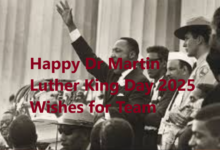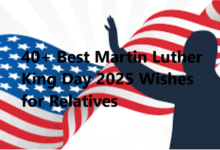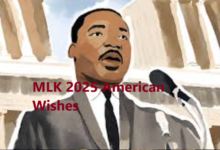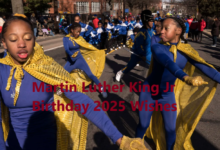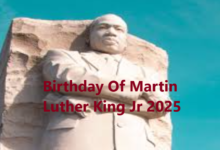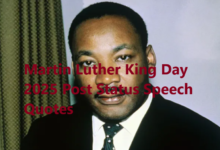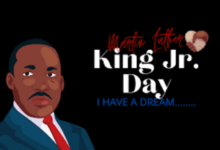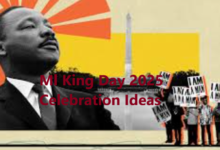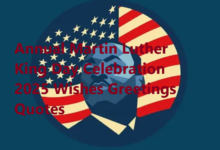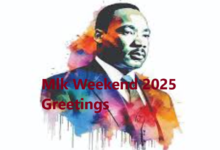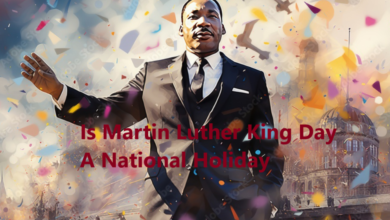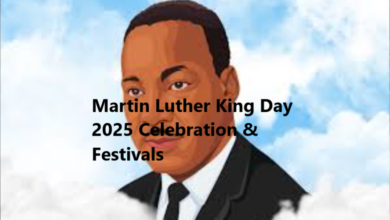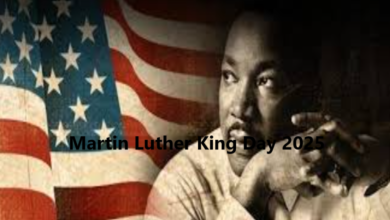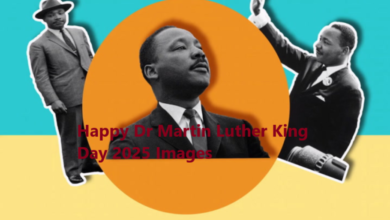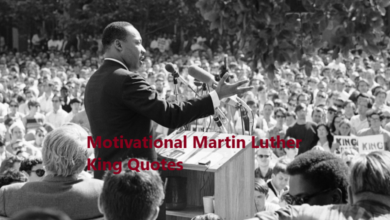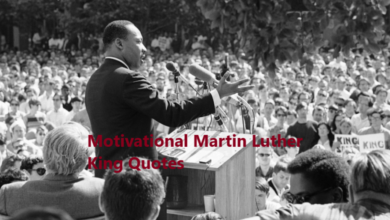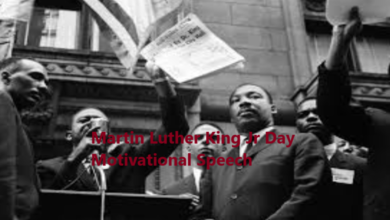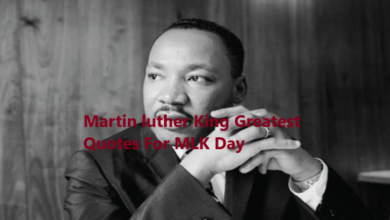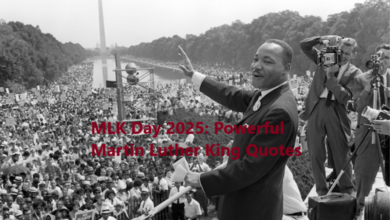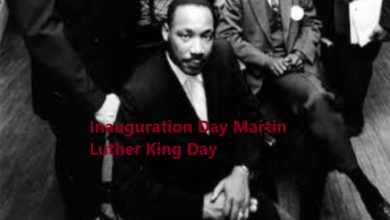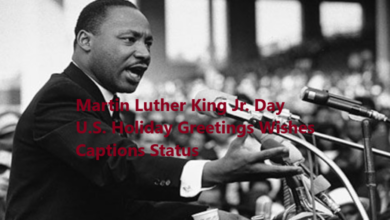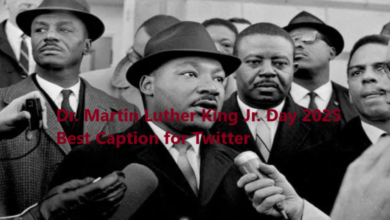Martin Luther King Jr’s message For People
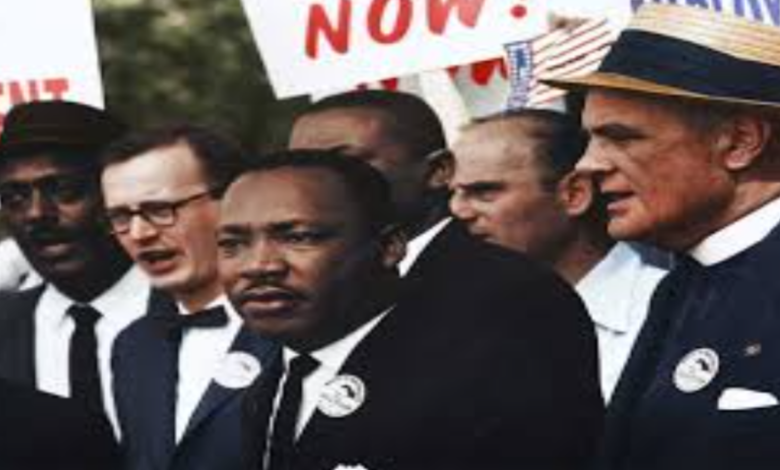
Martin Luther King Jr. is a name synonymous with hope, courage, and justice. Known for his pivotal role in the Civil Rights Movement, King’s words and actions transcended the boundaries of his time to leave an enduring impact. His dream wasn’t merely about equality; it was a call to action for a just, compassionate, and inclusive society.
But what do King’s teachings mean for us today? How can his timeless messages help us confront the complexities of the modern world, from social inequality to global unrest? This blog unpacks Martin Luther King Jr.’s key messages and explores how they remain as relevant as ever.
“I Have a Dream”: The Pursuit of Equality
The Heart of the Dream
Delivered on August 28, 1963, during the March on Washington, King’s “I Have a Dream” speech stands as one of the most powerful calls for equality in human history. At its core, the speech championed the idea that all individuals—regardless of race, color, or creed—deserve to live with dignity, freedom, and equality.
King envisioned a world where people would be judged by the “content of their character,” not the “color of their skin.” It was a message of hope, but also one that demanded accountability.
The Message Today
Six decades later, many strides have been made toward racial equality, but the dream remains a work in progress. Disparities in education, income, and incarceration rates still reveal systemic inequities. King’s message serves as a reminder to confront these issues head-on, not with complacency but with proactive solutions.
Whether it’s through engaging in conversations about discrimination, working with advocacy groups, or educating ourselves and others, the pursuit of equality is a responsibility we all share.
Nonviolence and the Power of Peaceful Protest
King’s Philosophy of Nonviolence
Martin Luther King Jr. firmly believed in achieving justice through nonviolent means. Inspired by Mahatma Gandhi’s own philosophy, King encouraged peaceful resistance as a tool to dismantle systems of oppression.
Nonviolence, according to King, was not just the absence of physical harm—it was a commitment to love, understanding, and reconciliation. King demonstrated the power of peaceful protests during events like the Montgomery Bus Boycott and the Selma to Montgomery marches, which applied pressure on unjust systems without resorting to hate or violence.
Lessons for Today
While King wasn’t unfamiliar with anger or frustration, he turned these emotions into constructive action—a lesson we can learn from. With recent social movements like Black Lives Matter and climate change protests, we’re reminded that change is possible when people unite peacefully for a cause.
King’s approach invites us to harness our emotions not for destruction, but for finding solutions and building bridges between opposing sides. Be it on a local or global level, nonviolence remains one of the most effective tools for meaningful change.
The Importance of Justice for All
Justice as Freedom
King frequently spoke about the interconnectedness of justice, famously stating, “Injustice anywhere is a threat to justice everywhere.” To him, justice wasn’t abstract; it was about ensuring everyone has the same rights and freedoms—both legally and morally.
This commitment to justice extended to economic inequality and labor rights. He supported the working class, advocated for fair wages, and even voiced concern about poverty being a form of violence against humanity.
Expanding the Vision
The modern interpretation of King’s fight for justice extends beyond racial equality. His statement on injustice applies today to marginalized groups, including LGBTQ+ individuals, immigrants, and Indigenous communities who still fight for their basic rights.
Every step taken to amplify minority voices or challenge unjust systems reflects King’s call to action. Whether through policy change, philanthropy, or being an ally, justice must be a shared goal.
Community and Togetherness
Strength in Solidarity
Another consistent thread through King’s teachings was the emphasis on community. One of his less-quoted but deeply profound statements is, “We are caught in an inescapable network of mutuality, tied in a single garment of destiny. Whatever affects one directly, affects all indirectly.”
King viewed humanity as interdependent, believing that societal progress required collaboration—not division. He often encouraged unity across racial, religious, and political lines, urging people to see their commonalities rather than their differences.
Building Bridges Today
This lesson is increasingly relevant in today’s polarized climate. Whether it’s political discourse or conversations about cultural differences, the world often feels divided. King’s message invites us to seek unity rather than deepening these rifts.
Start small—connect with neighbors, support diverse causes, and engage in open dialogue. These steps ripple outward, fostering cohesion in a fragmented world.
Turning Dreams Into Action
From Vision to Reality
King was not just a dreamer. He was a doer. He electrified crowds with his words, but more importantly, he backed those words with action. The Civil Rights Act of 1964 and the Voting Rights Act of 1965 stand as testaments to the real, tangible change King’s activism fostered.
He proved that even the loftiest ideals could be reached through organized effort.
Your Role Today
If King were alive today, his message would likely remain the same—dreaming isn’t enough. We have to act. Whether it’s volunteering, lobbying for change, or educating future generations, progress depends on collective effort.
One simple way to begin turning the dream into action is to reflect on your spheres of influence. How can you advocate for equity, justice, and community within your workplace, neighborhood, or family?
